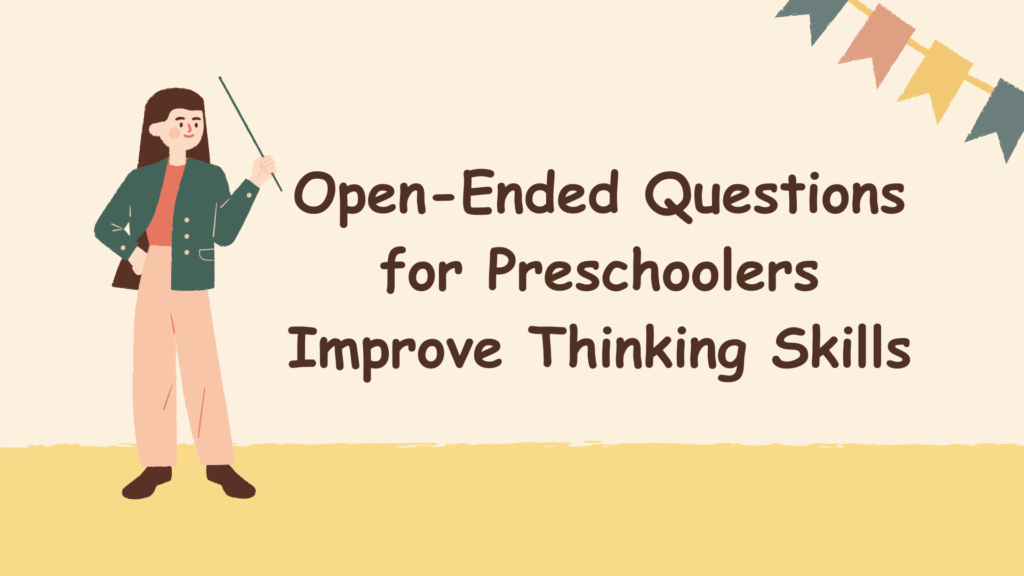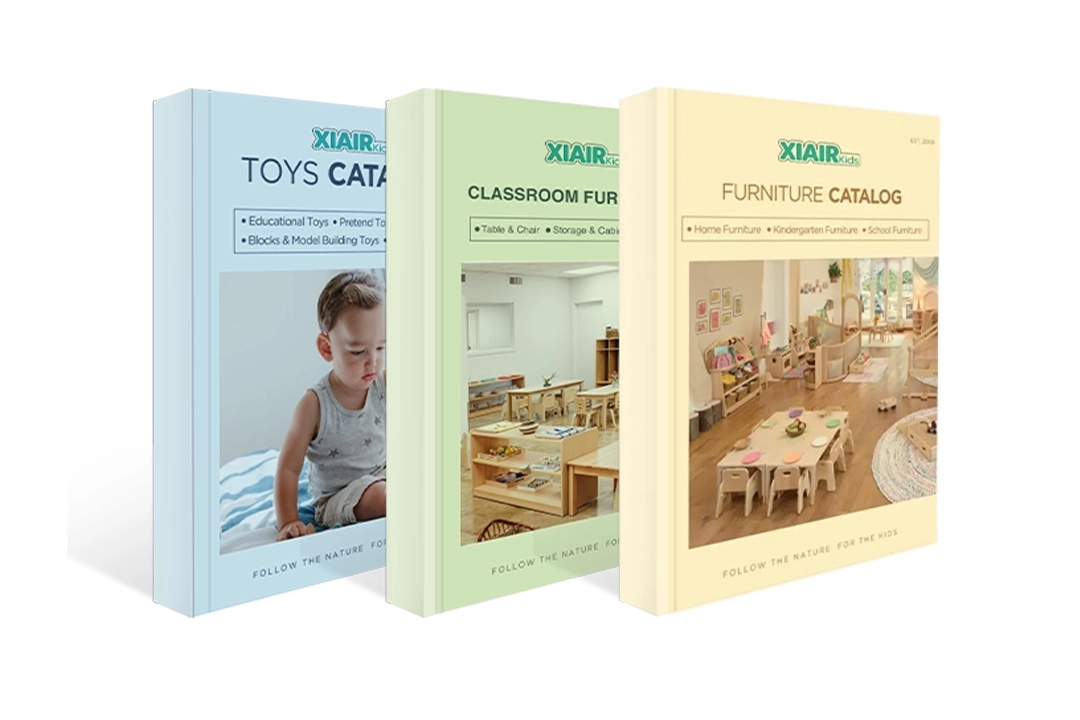Do your preschoolers give one-word answers that stop the conversation cold? Struggling to get beyond “yes” or “no”? Without open-ended questions for preschoolers, valuable chances to boost creativity, communication, and problem-solving can slip away. Missed opportunities in these early years can mean slower thinking skill development and less confident young learners.
The solution is simple yet powerful—ask open-ended questions for preschoolers every day. These questions spark curiosity, encourage detailed responses, and help children practice reasoning skills. Instead of closing conversations, they open doors to imagination and deeper thinking. During circle time, playtime, or mealtime, well-crafted open-ended questions guide preschoolers to express themselves fully, enhancing cognitive growth and emotional intelligence.
Ready to use open-ended questions for preschoolers? I’ll share clear, open-ended question examples, simple starters, and timing tips so everyday chats become brain-building moments—at home or in class.

What is an open-ended question?
An open-ended question cannot be answered with “yes” or “no.” Instead, it invites the responder to share more details, ideas, and feelings. These questions in early childhood education, especially with preschoolers, create space for creative thinking, language development, and problem-solving.
For example, asking “Did you like snack time?” might only get a “yes” or “no.” But changing it to “What was your favorite part of snack time?” invites the child to talk more, describe their experience, and even add their feelings. These questions allow children to choose how to answer, allowing their unique perspectives and personalities to shine through.
Understanding an open question is the first step in using this tool effectively for teachers, parents, and caregivers. In classrooms, during play, or at mealtime, such questions help preschoolers build confidence in expressing themselves while practicing critical thinking skills.
Non limitarti a sognarlo, progettalo! Parleremo delle tue esigenze di arredamento personalizzato!
Classification of Open-Ended Questions
Open-ended questions for preschoolers can be grouped into different types depending on the purpose they serve. Understanding these categories helps educators and parents choose the right question for the right situation, ensuring conversations are both engaging and developmentally meaningful.
Exploratory Questions
Exploratory questions encourage preschoolers to investigate ideas, objects, or situations. They often begin with prompts like “What happens when…?” or “How could we…?” These questions stimulate curiosity and invite children to think beyond the surface, making them ideal for introducing new concepts or starting creative projects. Example: “What do you think will happen if we mix these two colors?”
In-Depth Questions
In-depth questions are used to draw out more detail from a child’s initial response. They are perfect for expanding a conversation and encouraging more complex thinking. For example, if a child says, “I built a tall tower,” you might follow up with, “What made you decide to build it that way?” This approach helps preschoolers practice explaining reasoning and connecting ideas.
Clarifying Questions
Clarifying questions ensure understanding and invite children to explain their meaning more clearly. They are especially useful when a response is vague or incomplete. Asking, “Can you tell me more about what you mean?” or “What does that look like?” helps children refine their language skills and learn how to express themselves more precisely.
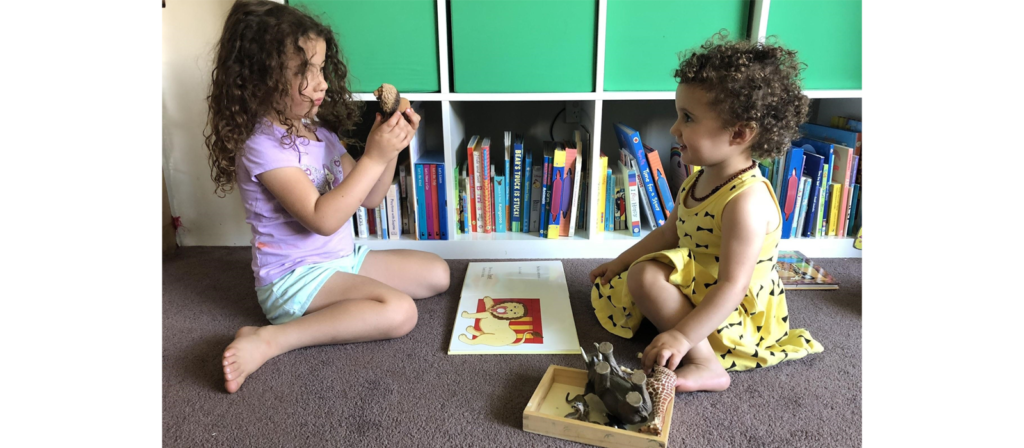
Why are open-ended questions so important?
Encourage Critical Thinking
Open-ended questions for preschoolers help children go beyond giving a quick answer. Instead, they must think about possibilities, make decisions, and explain their reasoning. When a child answers, “How could we make the playground more fun?” they practice problem-solving and decision-making—essential life skills.
Build Communication Skills
Asking open-ended questions encourages preschoolers to form complete sentences and use descriptive language. These conversations expand vocabulary and help children learn how to express ideas clearly. The more they talk, the more confident they become in social and learning environments.
Strengthen Teacher–Child Connections
When teachers use open-ended questions in preschool settings, they create more personal interactions. Instead of rushing through a “yes” or “no,” the child feels heard and valued, building trust and rapport with the adult guiding them.
Support Emotional Development
A well-phrased open-ended question can help a child reflect on feelings. Asking, “How did you feel when we finished the puzzle?” allows children to explore emotions and develop empathy—skills just as critical as academics.
Turn Everyday Moments into Learning Opportunities
Open-ended question examples transform ordinary situations into rich discussions, whether at snack time, in the playground, or during circle time. These questions invite curiosity and encourage children to look at familiar things in new ways.
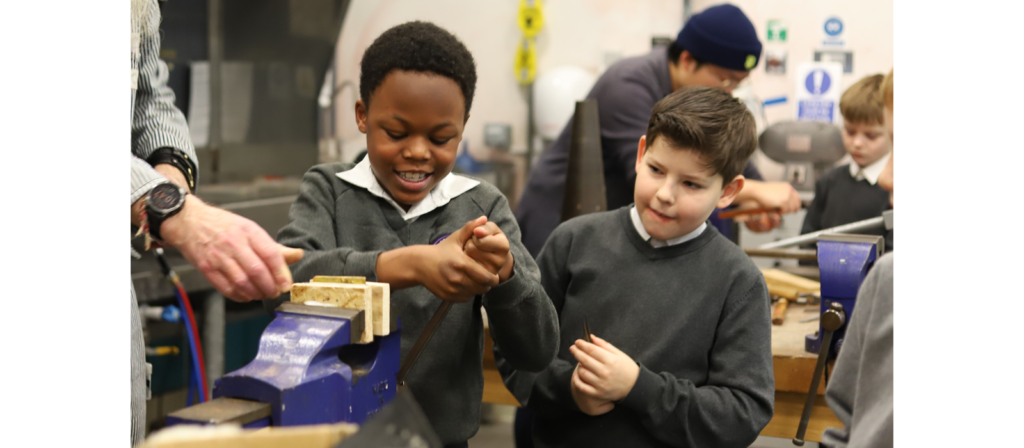
The Difference Between Open and Closed Questions
Open-Ended Questions
Open-ended questions for preschoolers are prompts that encourage detailed, thoughtful, and personal responses. Instead of looking for a single correct answer, these questions allow children to express their ideas, describe experiences, and explain their reasoning. For instance, asking “What would happen if we planted the seeds in the shade?” invites a child to predict outcomes, draw on prior knowledge, and use their imagination. These questions stimulate critical thinking, strengthen communication skills, and allow teachers and parents to understand each child’s perspective better. In early learning settings, open-ended questions transform ordinary moments into deeper conversation and discovery opportunities.
Closed-Ended Questions
Closed-ended questions, in contrast, are designed to gather specific information quickly. They typically require a short, direct answer such as “yes,” “no,” or a factual detail. For example, “Is the seed planted in the pot?” will confirm whether the action happened, but will not prompt further discussion. While these questions have limited potential for expanding dialogue, they are valuable for checking understanding, guiding instructions, or verifying details. In preschool classrooms, closed-ended questions are often used during assessments, routines, or safety checks where clarity and speed are essential.
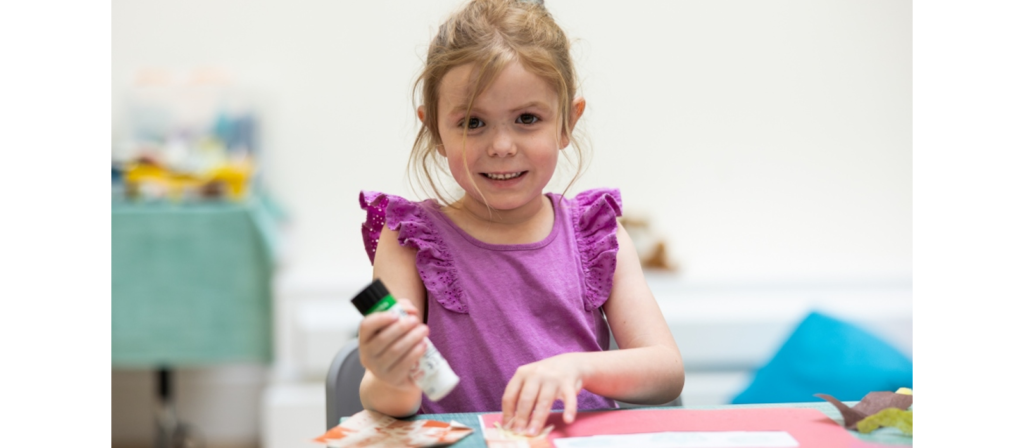
Both question types have their place in a preschool classroom. Closed-ended questions are valuable for confirming facts, gathering specific information, and guiding assessments. Open-ended questions for preschoolers are essential for encouraging deeper thinking, exploring unique ideas, and developing language skills. The most effective approach is to use a mix—closed questions for clarity and open questions for engagement—creating balanced, meaningful conversations that support learning and curiosity.
How to Ask Open-Ended Questions
Ask Meaningful, Thought-Provoking Questions
When asking open-ended questions for preschoolers, focus on prompts that invite curiosity and deeper thinking. Instead of “Did you like the story?” ask, “What part of the story made you laugh the most?” Meaningful questions connect to a child’s experiences and encourage them to explain, predict, or imagine. These thought-provoking prompts help develop critical thinking and problem-solving skills.
Give Them Time to Answer and Listen
Young children often need extra time to process a question before responding. After asking an open-ended question, pause for at least five seconds. This “wait time” allows preschoolers to organize their thoughts. Listening carefully—without interrupting—shows respect for their ideas and encourages them to share more.
Expand Their Vocabulary and Language
Open-ended questions are an excellent way to build vocabulary. If a child says, “I made a big tower,” you might ask, “Can you tell me another word for big?” or “How could we describe it in more detail?” This gentle prompting helps them learn new words and express themselves more precisely.
Maintain a Conversation
Asking one open-ended question is just the start. Follow up with more questions based on the child’s response. If they say, “I liked painting the sun,” you could ask, “Why did you choose that color for the sun?” This back-and-forth keeps the conversation alive and helps preschoolers develop narrative skills.
Observe Their Expressions and Behavior
Sometimes, the richest responses to open-ended questions for preschoolers come not in words but in gestures, expressions, and actions. Watch how children respond physically to your questions—this can reveal emotions, understanding, or uncertainty. Observing non-verbal cues helps you adapt your next question to keep them engaged.
Non limitarti a sognarlo, progettalo! Parleremo delle tue esigenze di arredamento personalizzato!
Essential Tips for Asking Open-Ended Questions
Give Them Your Full Attention
When you ask open-ended questions for preschoolers, your body language should show you genuinely care about their answer. This means putting away distractions like your phone, kneeling or sitting at their eye level, and maintaining soft but steady eye contact. Nod as they speak, smile when appropriate, and respond to their ideas with interest. When children see that you are fully present, they feel their voice matters, which motivates them to share more openly and confidently.
Don’t Push Them
Not every child will be ready to answer right away, and that’s okay. If a preschooler looks uncertain or says “I don’t know,” resist the urge to pressure them. Instead, you can gently rephrase or return to the open-ended question later. Giving them space to think or the option to pass helps keep the interaction positive. When children feel safe from judgment or pressure, they are more likely to express themselves honestly and enthusiastically the next time you ask.
Don’t Assume Things
It can be tempting to guess what a child thinks based on past behavior or context, but assumptions limit their opportunity to share their authentic perspective. Instead of saying, “You must have been happy when you won,” try asking, “How did you feel when that happened?” This simple shift gives them ownership of their answer. By avoiding assumptions, you allow open-ended questions to work as intended—encouraging genuine self-expression and letting you see the world through their eyes.

Don’t Ask Questions You Already Know the Answers To
If you already know the answer, the question risks feeling like a test rather than a real invitation to share. For instance, if you watched a child paint with red and blue, avoid asking, “Did you use red and blue?” Instead, try, “What colors did you choose for your painting, and why?” Genuine curiosity is a core part of practical open-ended questions for preschoolers, and it helps children see that their thoughts are valued, not just their accuracy.
Emphasize the Process Over the Correct Answer
Preschool learning is about exploration, discovery, and skill-building, not simply getting the “right” result. Your open-ended questions should focus on a child’s journey, such as, “How did you decide to build your tower that way?” or “What steps did you take to make your picture?” When you emphasize process, children learn that effort, creativity, and problem-solving are just as important—if not more—than the outcome. This mindset fosters resilience and a love of learning.
Share Your Personal Experiences
Sharing a personal story can bridge the gap between adult and child, making the conversation more natural. For example, “When I was your age, I loved making mud pies. What do you like to make outside?” turns a simple exchange into a shared moment of connection. It also models how to answer an open-ended question, showing preschoolers that their stories matter and that communication is a two-way street. This approach strengthens trust and encourages them to open up more.
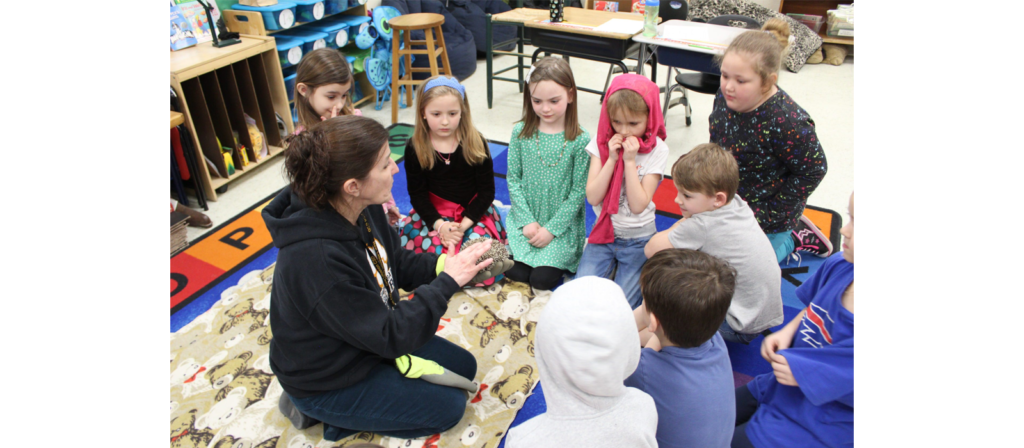
Celebrate and Acknowledge All Responses
Every answer to an open-ended question—logical, funny, imaginative, or even off-topic—deserves acknowledgment. When you respond with encouragement like, “That’s an interesting idea!” or “I love how you thought about that,” you reinforce their confidence in speaking up. Positive reinforcement helps preschoolers feel proud of their contributions, making them more willing to participate in future conversations. Over time, this creates a positive feedback loop where children associate sharing ideas with feeling valued and respected.
Examples of Open-Ended Questions for Preschoolers
The right open-ended questions for preschoolers can spark curiosity, encourage richer conversations, and help children practice essential thinking skills. Below are examples you can use in classrooms, during play, or at home to promote deeper engagement and learning.
General
General questions can be used in almost any situation to start meaningful conversations and get preschoolers talking in more than one-word answers.
- “What was your favorite part of today, and why?”
- “Can you tell me something interesting you noticed this morning?”
- “What do you think we should do next?”
- “What would it be if you could change something in our classroom?”
- “What’s something new you would like to try tomorrow?”
- “What do you think makes our classroom a fun place?”
- “Can you tell me what you liked best about outside play?”
- “If you could teach me something today, what would it be?”
Experiences
Experience-based questions help preschoolers recall events in detail, strengthening memory and storytelling skills.
- “Can you tell me what happened when we went to the park?”
- “What did you enjoy most about snack time today?”
- “How did we build that tower together?”
- “What was it like playing with the new toy?”
- “What did you notice when we painted with different colors?”
- “Can you tell me about the story we read today?”
- “What happened when we mixed water into the sand?”
- “What made today different from yesterday?”
Feelings
These open-ended questions help preschoolers recognize, name, and talk about their emotions, supporting emotional intelligence and empathy.
- “How did you feel when you finished your puzzle?”
- “What makes you feel happy at school?”
- “What’s something that makes you feel proud?”
- “How do you feel when someone shares with you?”
- “What do you do when you feel upset?”
- “What is something that makes you feel calm?”
- “How did you feel when you tried something new today?”
- “What makes you feel excited in the morning?”
Problem-Solving
These prompts encourage children to think critically, evaluate options, and try solutions.
- “What could we do if the blocks keep falling?”
- “How can we make sure everyone gets a turn?”
- “What might happen if we forgot to water the plants?”
- “How could we fix the broken crayon?”
- “What can we try if the puzzle piece doesn’t fit?”
- “What could we use if we ran out of paintbrushes?”
- “How could we make this game fair for everyone?”
- “What can we do if someone is feeling left out?”
Imagination
Imaginative open-ended questions for preschoolers encourage them to dream, create, and think beyond real-world limits.
- “If you could be an animal, which one would you be and why?”
- “What would our classroom look like if it were in the clouds?”
- “If toys could talk, what would they say?”
- “What kind of house would you build for a dinosaur?”
- “If you had magic powers, what would you do first?”
- “What would happen if it rained ice cream?”
- “If you could make a new holiday, what would it celebrate?”
- “What would the world be like if there were no cars?”
Thinking
These questions invite preschoolers to explain their reasoning, make predictions, and connect ideas logically.
- “Why do you think the ice melted?”
- “What will happen if we mix these two paints?”
- “How do you know that it’s windy outside?”
- “Why do you think birds build nests in trees?”
- “What makes a rainbow appear?”
- “Why do we need to wash our hands before eating?”
- “What do you think will happen if we plant seeds in the dark?”
- “How do you know when to wear a coat?”
Natura
Nature-based open-ended questions for preschoolers encourage observation, curiosity, and a deeper connection with the environment. They are ideal for outdoor play, nature walks, or science activities.
- “What colors can you see in the garden today?”
- “How does the air feel on your skin right now?”
- “What sounds do you hear when you close your eyes outside?”
- “Why do you think the leaves change color in autumn?”
- “What do you think animals do when it rains?”
- “How can we help plants grow healthy and strong?”
- “What might happen if we didn’t have any trees?”
- “How do you think the ground feels after a rainy day?”
When used consistently, these open-ended questions for preschoolers can turn routine interactions into powerful learning experiences. They encourage children to share ideas, solve problems, and explore their world with curiosity—skills that will serve them well beyond their early years.
Non limitarti a sognarlo, progettalo! Parleremo delle tue esigenze di arredamento personalizzato!
Conclusione
The journey of using open-ended questions for preschoolers is about more than simply avoiding yes-or-no answers. It’s about creating opportunities for children to think critically, express themselves freely, and explore the world curiously. This approach transforms daily interactions into learning moments from understanding the difference between open and closed questions, learning how to ask them effectively, and applying practical tips and examples. By intentionally incorporating these questions into circle time, play, and real-life problem-solving, educators and parents can nurture language skills, social-emotional growth, and independent thinking in natural and engaging ways.
The right environment makes these conversations even more powerful. Classrooms with children’s needs in mind — with safe, durable, and well-crafted preschool furniture — naturally invite longer, richer exchanges. That’s why our work at XiAir World goes beyond supplying quality kindergarten furniture; we help create spaces that encourage interaction, creativity, and comfort. When the physical environment supports open-ended dialogue, preschoolers feel more confident to share ideas, collaborate with peers, and engage in meaningful discussions that strengthen lifelong learning skills.
FAQ: Open-Ended Questions for Preschoolers
1. Can open-ended questions help shy or quiet preschoolers?
Absolutely. By giving children the time and space to respond in their own words, open-ended questions can encourage quieter children to share their ideas without feeling rushed or judged.
2. Do open-ended questions work in group activities?
Yes. They can spark group discussions, encourage children to listen to others’ ideas, and promote collaborative problem-solving. For example, “How can we work together to clean up the play area?” invites teamwork and shared responsibility.
3. Are there situations where closed-ended questions are better?
Yes. Closed-ended questions are useful for quick checks, confirming details, or ensuring safety, such as “Did you wash your hands?” or “Is the door closed?” A balance of both question types is ideal in preschool settings.

